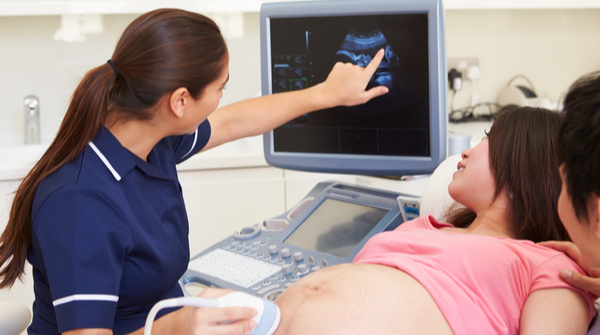During the last three months of pregnancy, approximately 7% of women have such high levels of glucose in their blood that their body cannot produce enough insulin to absorb it all. This is known as gestational diabetes, which poses great health risks both for the child and the mother.
The primary treatment for Gestational Diabetes Mellitus is to control a mother’s blood glucose levels with lifestyle changes such as healthy eating and physical activity. If lifestyle changes do not work, more focused medication like insulin therapy is started to control a mother’s blood glucose for the remaining period of pregnancy.
Risk Factors Resulting in Gestational Diabetes
- Obesity with a BMI above 30kg/m2
- Previous baby weighing 4.5kg or more
- Previous gestational diabetes
- Family history of diabetes (first-degree relative with diabetes)
- Minority ethnic family origin with a high prevalence of diabetes
Lifelong Risks of Gestational Diabetes
Gestational diabetes mellitus goes away once the child is born, but the risks associated with it continue both for the mother and child. The mother generally develops type 2 diabetes later in life and the baby born to a mother with gestational diabetes is often overweight and develops obesity in later years, thus increasing their risks of developing diabetes and even high blood pressure.

Monitoring and Changing the Future Post GDM
Gestational diabetes can serve as a warning sign for the overall health of family members, too, and preventive measures must be observed to ensure everyone remains healthy and protected from lifestyle diseases.
All women with a history of gestational diabetes should have a yearly medical check-up and management of weight, blood pressure, cholesterol, and other risk factors for heart disease.
As per the medical guidelines prescribed by experts, testing for diabetes must be carried out every one to three years; depending on the risk factors, the frequency can be increased. This also helps to know a woman’s diabetes status before the next pregnancy.
Read More: Quick Guide to Gestational Diabetes
The primary aim for a woman post-pregnancy should be to lose excess weight to minimise chances of developing diabetes later on. Breastfeeding is the most important function associated with healthy pregnancy and improved child health, even with respect to reducing the risks associated with diabetes.
Regular blood sugar monitoring using a glucometer must not be ignored even months after pregnancy and the reading patterns must be discussed with the doctor for better assessment.





